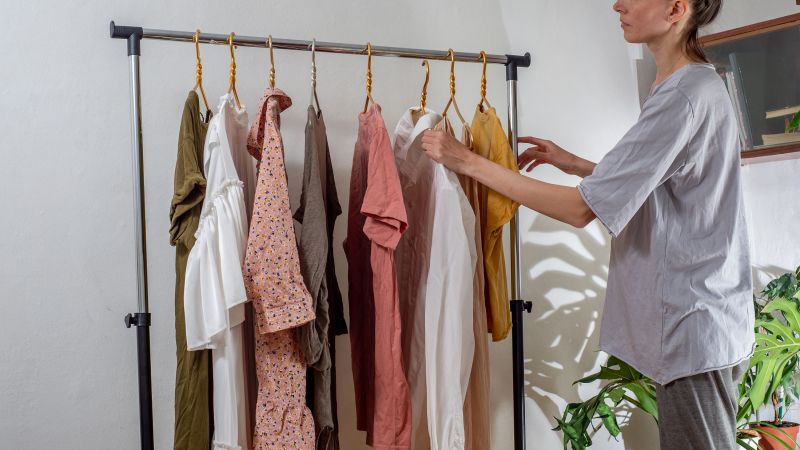The trend of underconsumption core is gaining popularity among Americans who are pushing back against the pressure to constantly purchase new items. Influencers on social media often promote lifestyles that revolve around consumerism, but some people are choosing to live with less by using a small rotation of items for years rather than chasing the latest trends. This trend involves showing off items that have been used for years and not planning to purchase more until necessary. Searches for “underconsumption core” have increased drastically over the past 12 months, with users on platforms like TikTok showcasing their minimalist lifestyles.
The underconsumption core trend is not just about budgeting or decluttering but is also a response to the pressure of constantly needing to emulate a lavish lifestyle and the desire to reduce their carbon footprint. People are tired of feeling the need to acquire more and more possessions to keep up with societal expectations. This trend is a direct counter to overconsumption, where people accumulate excessive possessions and consume beyond what they need. By normalizing consuming only what is necessary, underconsumption core advocates are seeking a simpler and more sustainable way of living.
As the United States faces economic challenges such as high inflation rates and potential recessions, many individuals are finding comfort in the underconsumption core trend as a way to reevaluate their spending habits and live more deliberately. Consumers are becoming disillusioned with inauthentic marketing tactics used by companies and influencers, showcasing seemingly extravagant lifestyles that are unattainable for most. This trend is seen as a return to normalcy in the wake of the pandemic-induced consumption patterns, emphasizing quality over quantity and making mindful purchasing decisions.
Despite the rise of the underconsumption core trend, overall spending in the US remains strong, with retail sales increasing in recent months. While some individuals find solace in the minimalist approach to consumerism, others argue that both over and underconsumption have their merits depending on individual preferences and emotional needs. Research suggests that retail therapy can provide a sense of control and comfort for some people, highlighting the subjective nature of spending habits. The trend of underconsumption core reflects a shift towards mindful consumption and rejecting excessive consumerism in favor of a more intentional and sustainable lifestyle.
Many individuals embracing underconsumption core are motivated by environmental concerns and a desire to reduce waste and make thoughtful choices. By investing in higher quality items that are built to last, they aim to minimize their impact on the environment and contribute to a more sustainable future. This approach involves prioritizing purchases based on longevity and personal value rather than trends or societal expectations. While some argue that excessive spending can have therapeutic benefits, others see value in the simplicity and sustainability of underconsumption core, emphasizing the importance of individual choice and intentionality in consumer behavior.


